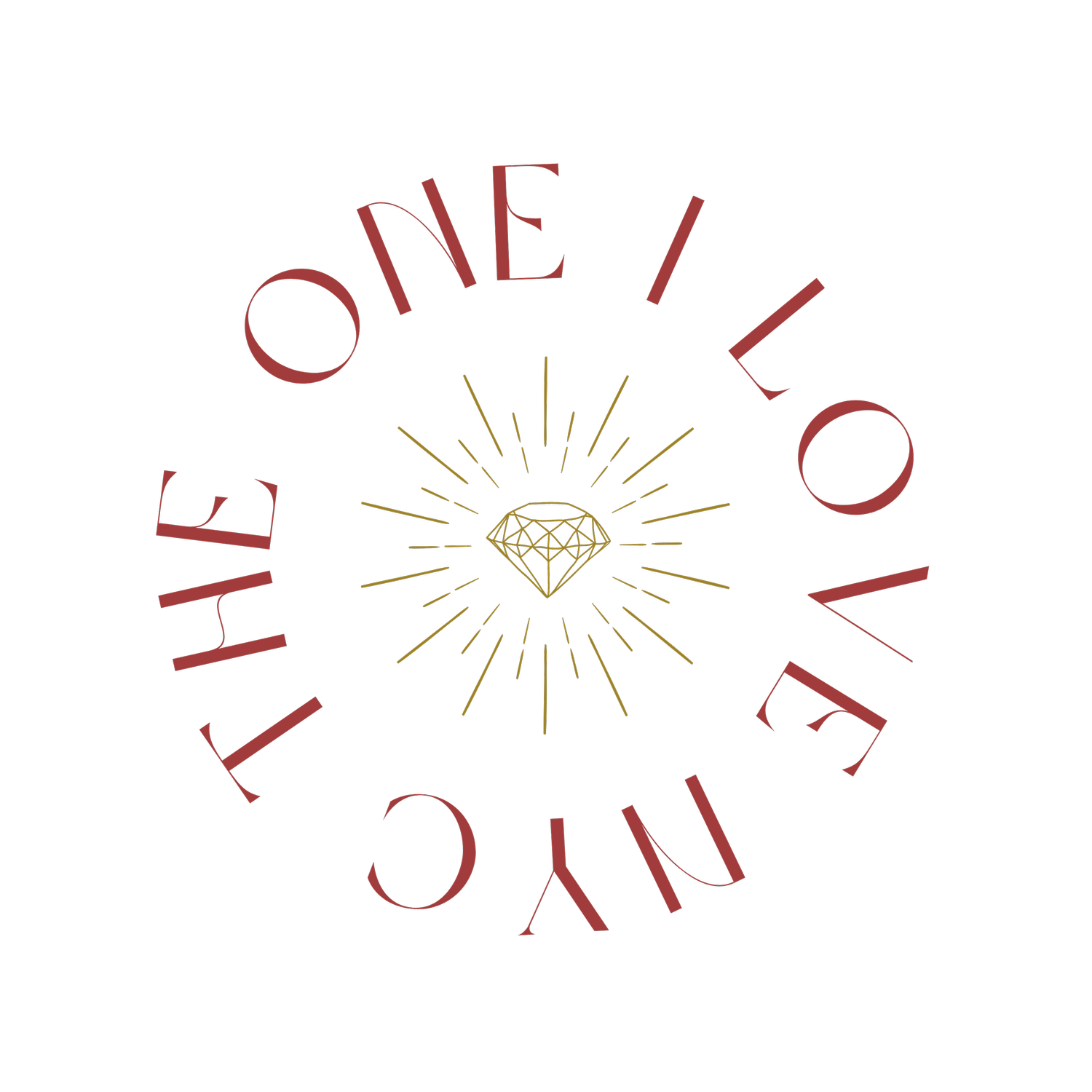Love, Lore, & Legends: 4 Icons of the Diamond World
Gemstones have entranced humans for ages. But some of us are not only marked by our love of precious gems. We leave our own mark on historic adornment, imbuing meaning as protectors of precious wonders. Throughout history, a few have imparted legendary lore and some have even influenced the very state of gemology.
While most heiresses have the means to be significant jewelry collectors, Evalyn Walsh McLean was more. She had the eye, the drive, and the eccentricity to dazzle her way into the history books. Most famous as the last private owner of the Hope Diamond, Evalyn had luxury in her blood despite her family’s humble beginnings. In the late 19th century her father, an Irish miner, discovered a prolific gold mine. Practically overnight, Evalyn’s life changed dramatically; she moved to Paris, taking the City of Lights by storm: cutting her hair, smoking cigarettes, and partying late into the night. Gossip-worthy scandals in those days.
Evalyn’s husband arranged to purchase the Hope Diamond from Pierre Cartier in 1911. Pierre previously sold the pair a 95 carat white diamond called the Star of the East. Estimates differ regarding the cost of the Hope Diamond, with some as high as $300,000 (nearly $9M today), but all can agree that the sale of the stone was an affair in and of itself, taking well over a year.
The McLeans reportedly got cold feet in the home stretch, thanks to a supposed curse carried within the gorgeous gem. This was possibly a PR stunt by the two socialites to generate buzz about the jewel and hike up its already astronomical value.
Under Evalyn’s care, the stone took on a reputation and life of its own. She let guests wear the antique cushion cut 46 carat fancy dark gray-blue diamond at parties and legend has it that her Great Dane, Mike, donned the Hope Diamond once in a while. Harry Winston purchased the diamond in 1949—along with Evalyn’s extensive jewelry collection. The stone is now one of the most popular exhibits at the Smithsonian Institute but without Evalyn’s foibles, and lust for jewels and novelty, it would never have attained the same renown it enjoys today
Harry Winston personally named many massive diamonds. He loved one so much that bestowed it with his own name: The Winston, a flawless D-color pear-shaped 62 carat diamond. Calling it The Winston was prescient as Harry owned this stone twice. He sold it in 1959 to a client in the Middle East and again—after it was recut—to a Canadian collector. No stranger to the recutting process, Harry strove to create the most gorgeous stones even if it shaved off more than a few carats. Harry bought the fifth largest diamond in the world, the Star of Sierra Leone in 1972. Initially cut into a 143 carat emerald, Harry recut it due to a flaw. The result was a 42 carat pear shape and 17 additional diamonds.
Courtesy of Harry Winston.
Over his years as a jeweler, Harry catered to celebrities, royalty, socialites, and wealthy collectors around the world. Despite running in such high-profile circles, there are almost no pictures of Harry except for the one published with his obituary. His business insurance policy actually included a clause prohibiting public appearances, most likely to reduce the risk of theft and kidnapping. This was a smart move as legend has it that Harry once carried around a 75 carat diamond in his pocket. Risky business! His legacy lives on with a gemology wing of the Smithsonian Institute named after him.
Today, gemologists and jewelers rarely reach the mainstream fame Harry Winston knew. For example, you’ve probably never heard of two of the most eminent experts on fancy colored diamonds: Alan Bronstein and Harry Rodman. The late Harry Rodman was a New York-based gold refiner who founded Aurora Gems, a company specializing in fancy colored diamonds. Alan Bronstein, a diamond dealer from New Jersey, now runs Aurora Gems and deals in remarkable colored diamonds. The pair created two stunning art installations in the 1990’s: The Pyramid of Hope and The Aurora Butterfly of Peace.
The Aurora Pyramid of Hope collection - polished diamonds. Image courtesy of The Trustees of NHM, London.
The Pyramid of Hope boasts 296 fancy colored gems sourced from across the globe. Individually, the stones are stunning but together they are a work of art and an unparalleled collection. The piece holds a cumulative 267 carats and has toured continents, drawing spectators far and wide.
The Aurora Butterfly of Peace as seen on its display case. Photo and copyright: E. Gaillou for NHM.
This duo also curated The Aurora Butterfly of Peace, which contains 240 natural colored diamonds shaped like a butterfly. They chose the shape because butterflies are one of the most diverse and colorful creatures in the natural world, and they symbolize a peaceful and happy spirit. It took over 12 years to collect all of these gems and its creators dedicated it “to all the people of the world and to universal peace and harmony among all men, religions and races.” But the collection goes beyond beauty and symbolism, as it has contributed to scientific discovery. Studies on the Butterfly of Peace have led to breakthroughs on fluorescence and phosphorescence in colored diamonds.
Written by Angela Duffy for The One I Love NYC.





